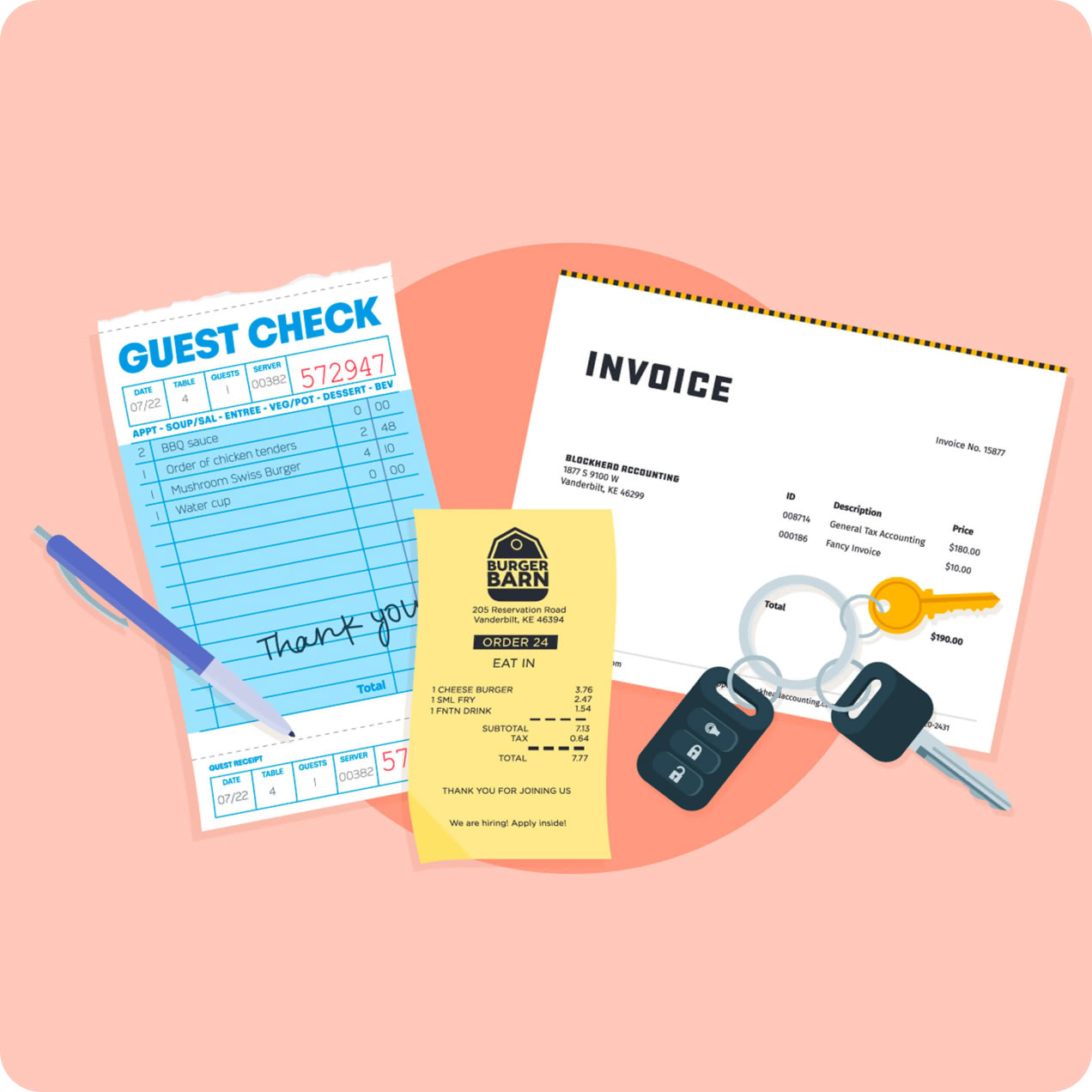12-10a: Describe how failing to repay a loan can negatively impact a person's finances and life.
12-1a: Describe how credit card grace periods, methods of interest calculation, and fees affect borrowing costs.
12-1a: Identify their short-term and long-term financial goals.
12-2a: Select a product or service and describe the various factors that may influence a consumer's purchase decision.
12-2a: Give examples of unsecured and secured loans.
12-3a: Explain why homeowners' insurance is required by a lender when a homeowner takes out a mortgage.
12-3a: Explain the factors to evaluate when buying a durable good.
12-3a: Identify the type of collateral required for a mortgage loan.
12-6a: Identify examples of loans that may require down payments.
12-6a: Identify financial and personal reasons that younger adults often choose to rent a home instead of buying.
12-7a: Explain the primary types of losses covered by auto, homeowner's, and renter's insurance policies.
12-8a: Identify the main factors that are included in credit score calculations.
12-9a: Explain how having a system for financial record-keeping can make it easier to make financial decisions.
12-9a: Explain how external influences (e.g. peers, family, or social media) can impact personal savings decisions.
12-1b: Compare the cost of borrowing $1,000 using consumer credit options that differ in rates and fees.
12-1b: Develop a budget to allocate current income to necessary and desired spending, including estimates for both fixed and variable expenses.
12-2b: Describe a process for making an informed consumer decision.
12-2b: Explain why lenders charge lower interest rates on secured loans than on unsecured loans.
12-3b: Analyze the cost and features of three competing products or services.
12-6b: Given the price of a home, estimate the amount of down payment required.
12-6b: Compare the short-term and long-term costs and benefits of renting versus buying a home in their city of residence.
12-7b: Assess the value to a potential lender of the information contained in a credit report.
12-8b: Discuss how personal financial decisions can affect other people.
12-8b: Explain how a borrower's credit score can impact their cost of credit and their ability to get credit.
12-9b: Develop a system for keeping track of spending, saving, and investing.
12-9b: Provide examples of benefits associated with having a good credit score.
12-1c: Explain methods for adjusting a budget for unexpected expenses or emergencies.
12-2c: Compare what happens if a borrower fails to make required payments on a secured loan, such as an auto loan or a home mortgage, versus failing to pay a credit card account.
12-3c: Compare monthly mortgage payments for loans that differ in repayment period, amount borrowed, and interest rate.
12-6c: For a specified loan amount, compare the monthly loan payment with a 10% down payment versus a 20% down payment.
12-7c: Identify factors that influence the cost of renter's insurance and homeowners' insurance.
12-8c: Recommend ways that a person can increase their credit score.
12-9c: Research financial technology options for financial record-keeping.
12-9c: Discuss strategies for avoiding personal triggers that result in deviating from a savings plan.
12-11d: Explain the steps an identity theft victim should take to limit losses and restore personal security.
12-1d: Evaluate the advantages of using budgeting tools, such as spreadsheets or apps.
12-6d: Explain how a down payment makes a borrower more attractive to a lender and motivates loan repayment by the borrower.
